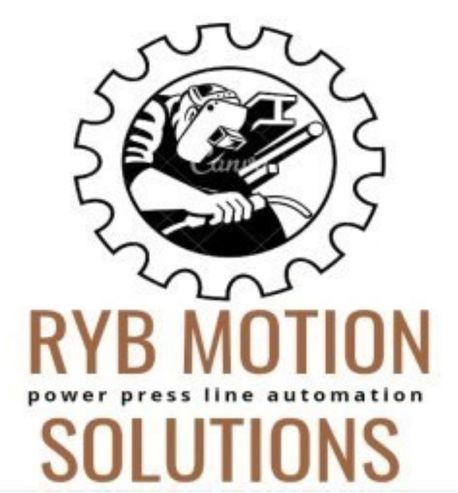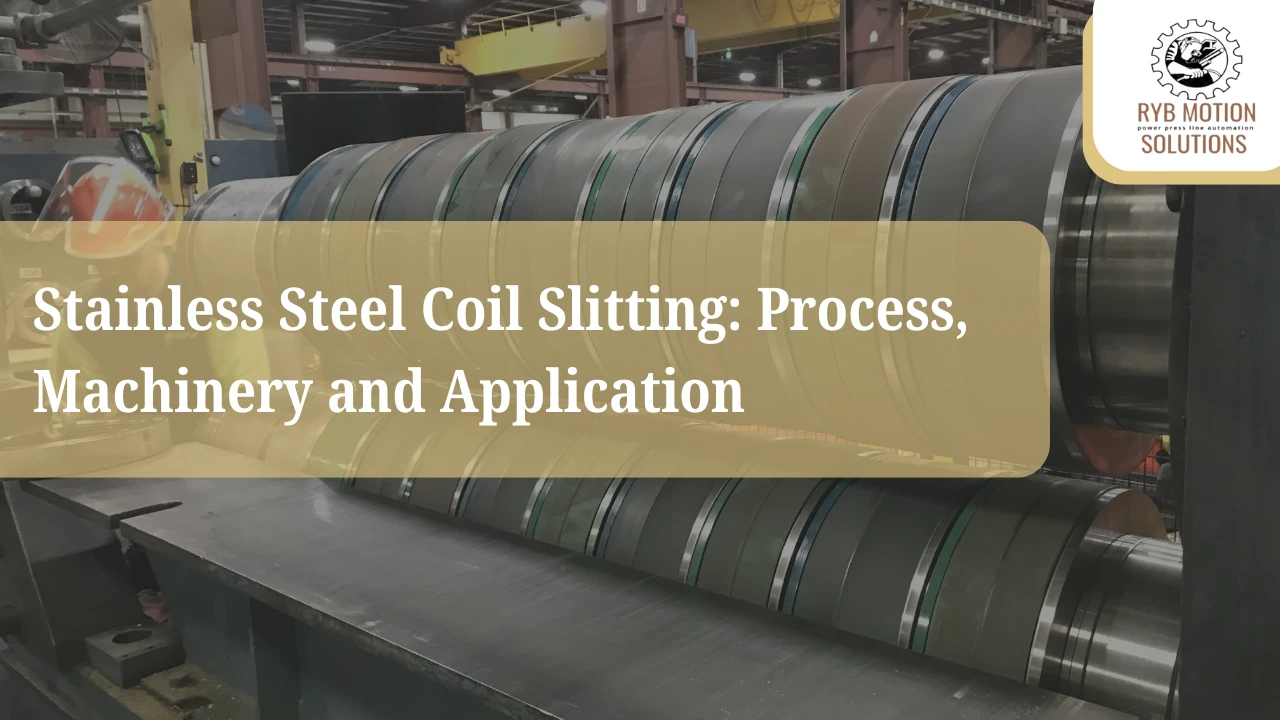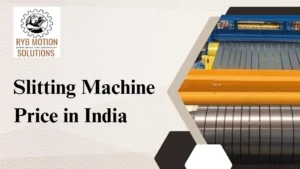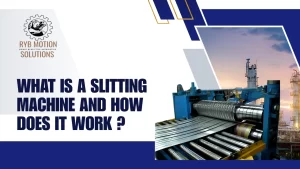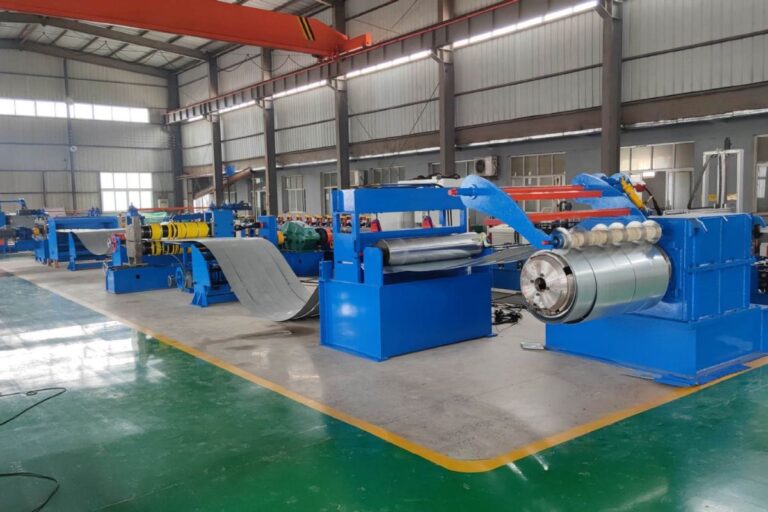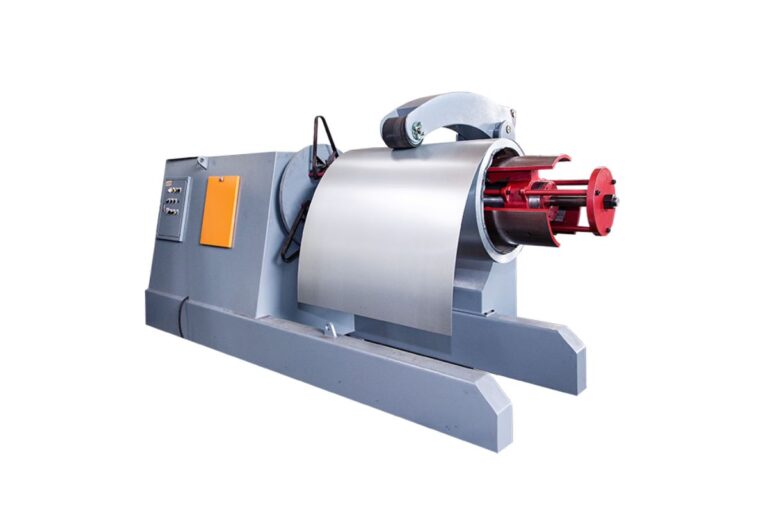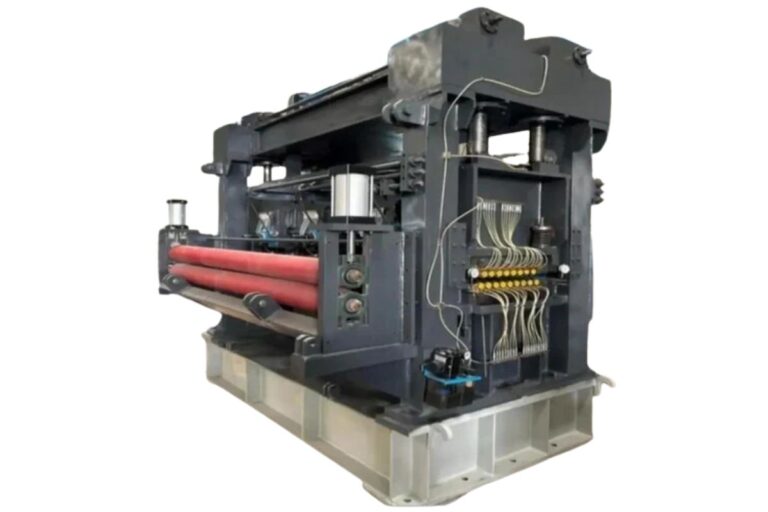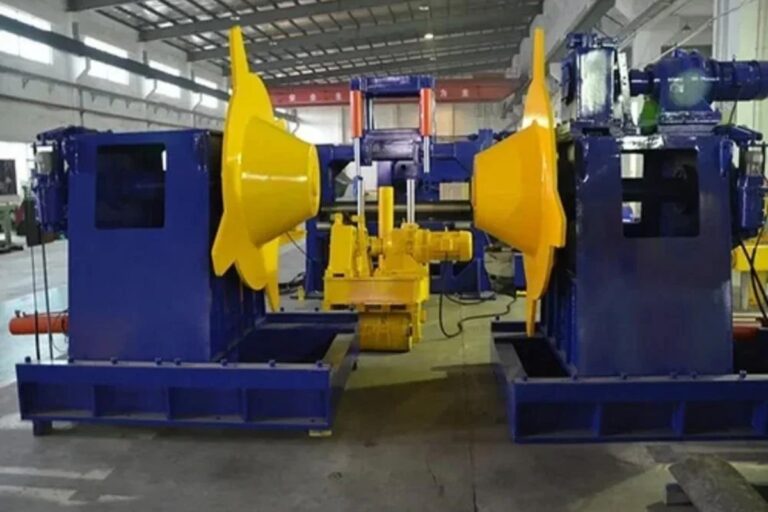Metal processing industries have various machines for uncoiling and straightening of metals. One of them, stainless steel coil slitting, plays a critical role in transforming large coils into narrower, precise strips that meet specific application requirements. From automotive manufacturing to construction and appliance production, the demand for precision-cut stainless steel coils continues to grow.
RYB Motion, a trusted name in the manufacturing of coil processing machinery, offers advanced coil slitting machines that deliver high accuracy, smooth operation, and superior edge quality. Let’s explore the process, machinery, and various applications of stainless steel coil slitting in detail.
What is Stainless Steel Coil Slitting?
Stainless steel coil slitting is a metal fabrication process that involves cutting wide stainless steel coils into multiple narrower strips of precise widths. The process uses a set of rotary cutting knives mounted on a slitter machine.
Coil Cutting technique is crucial in the metal industry as it enables manufacturers to produce material widths suitable for further processing operations such as stamping, forming, or tube manufacturing.
Steel Slitting Machine
A steel slitting machine is a specialized industrial device that cuts wide steel coils into multiple thin strips. This process is called coil slitting or longitudinal cutting.
Rotary knives on the machine cut the coil lengthwise, producing steel strips of various widths. These strips are further used in various manufacturing processes, such as tube making, stamping, forming, and welding. Coil Slitting Machine provides a precision cutting of coils and steel metal coils.
Working Principle of Steel Slitting Machine
- Uncoiling: The steel coil is placed on an uncoiler to feed the sheet into the machine.
- Leveling: The sheet passes through rollers to make it flat and uniform.
- Slitting: Rotary knives cut the wide coil into multiple narrow strips.
- Tension Control: Looping pits maintain proper tension during cutting.
- Recoiling: The slit strips are rewound into smaller coils.
- Inspection: The finished coils are checked for width, edge quality, and finish.
Coil Slitting Process
The slitting process involves several key stages, each designed to maintain the material’s integrity while achieving precise dimensional accuracy.
Here’s how the process works:
- Coil Loading: The stainless steel master coil is loaded onto an uncoiler, which holds and unwinds the coil at a controlled speed.
- Edge Guiding and Tension Control: The coil passes through a tensioning system that ensures proper alignment and maintains consistent pressure during slitting.
- Slitting Section: The heart of the operation—the slitting head—houses multiple circular rotary knives that cut the wide coil into narrower strips. The knife spacing determines the strip width.
- Recoiling: Once slit, the individual strips are rewound into smaller coils using a recoiler. This stage ensures tight, even winding without damaging the edges or surface.
- Inspection and Packaging: The slit coils undergo quality checks for surface finish, edge burrs, and dimensional accuracy before being packaged for delivery.
Features of Coil Cutting Machines
- High-Speed Operation: Capable of slitting at speeds up to 200 m/min for mass production.
- Precision Knife Setting: Adjustable slitting heads ensure exact width tolerances.
- Smooth Edge Finish: Burr-free cutting with minimal material distortion.
- Heavy-Duty Build: Rigid frame and precision bearings ensure vibration-free performance.
- Automatic Tension Control: Maintains consistent coil tension throughout the process.
Stainless Steel Coil Slitting Machine: Applications
Slit stainless steel coils are used across multiple industries due to their versatility and high-quality finish. The slitting process makes it easier for manufacturers to produce specific product sizes, reducing waste and production costs.
- Automotive Industry: Used in exhaust systems, trims, and reinforcement components where precise dimensions are required.
- Construction and Infrastructure: Slit coils are widely used for making roofing panels, facades, and support structures.
- Appliance Manufacturing: Essential for producing parts for refrigerators, ovens, washing machines, and air conditioners.
- Electrical and Electronics: Used in motor laminations, switchgear panels, and transformer cores.
- Tube and Pipe Manufacturing: Slit strips serve as raw material for stainless steel tubes and welded pipes.
- Food Processing Equipment: Ideal for making hygienic stainless steel surfaces and containers.
Steel Slitting Machine: Advantages
- Customized Machine Design: Tailored slitting lines for different coil widths, thicknesses, and materials.
- Energy-Efficient Systems: Designed for optimal performance with minimal power consumption.
- Superior Build Quality: Made from robust materials for long-term industrial use.
- After-Sales Support: Comprehensive service, training, and maintenance programs.
- Proven Industry Experience: Years of expertise in coil processing technology.
Conclusion
Stainless steel coil slitting is an essential process in metal fabrication that ensures precision, productivity, and material efficiency. With industries demanding tighter tolerances and higher quality standards, the need for advanced slitting technology has never been greater.
RYB Motion, as a leading manufacturer of coil slitting machines, continues to redefine the standards of accuracy and reliability in stainless steel processing. Their high-performance slitting lines are trusted by industries worldwide for their durability, efficiency, and superior results.
Whether you need a complete coil slitting line or customized solutions, we are your ideal partner for excellence in metal processing machinery.
